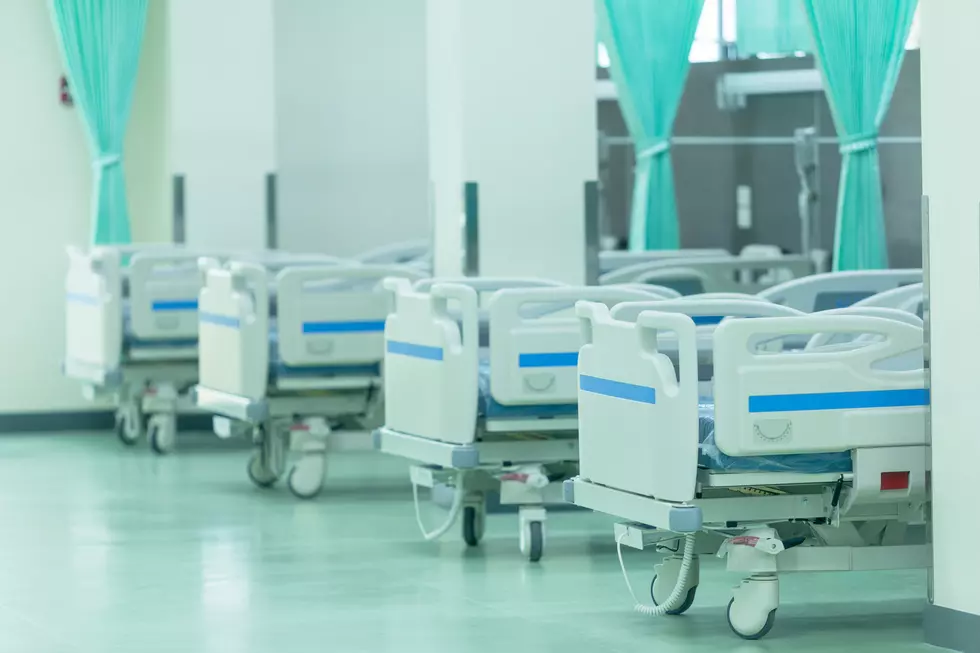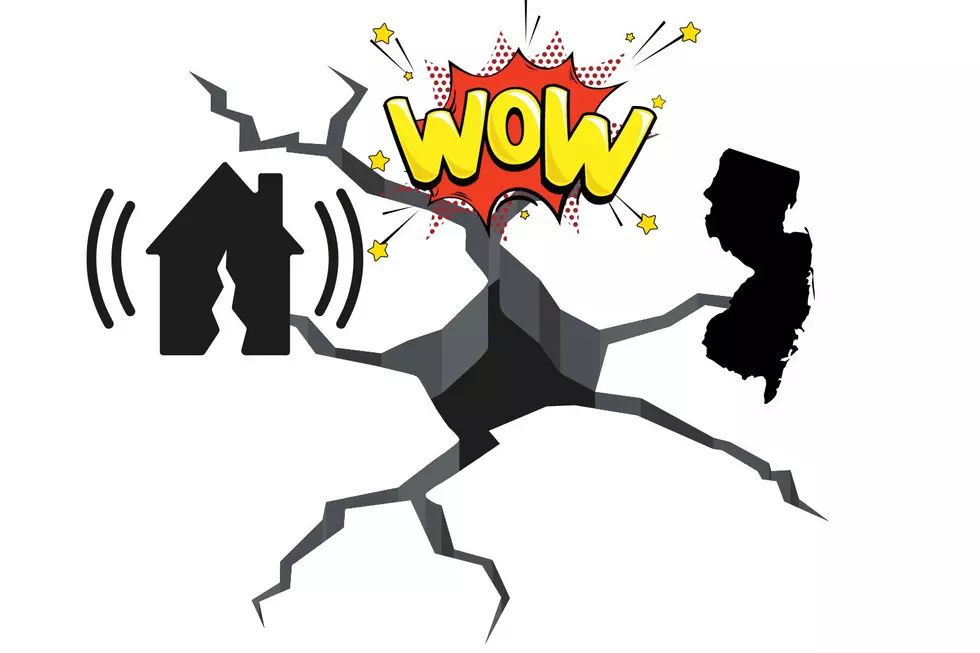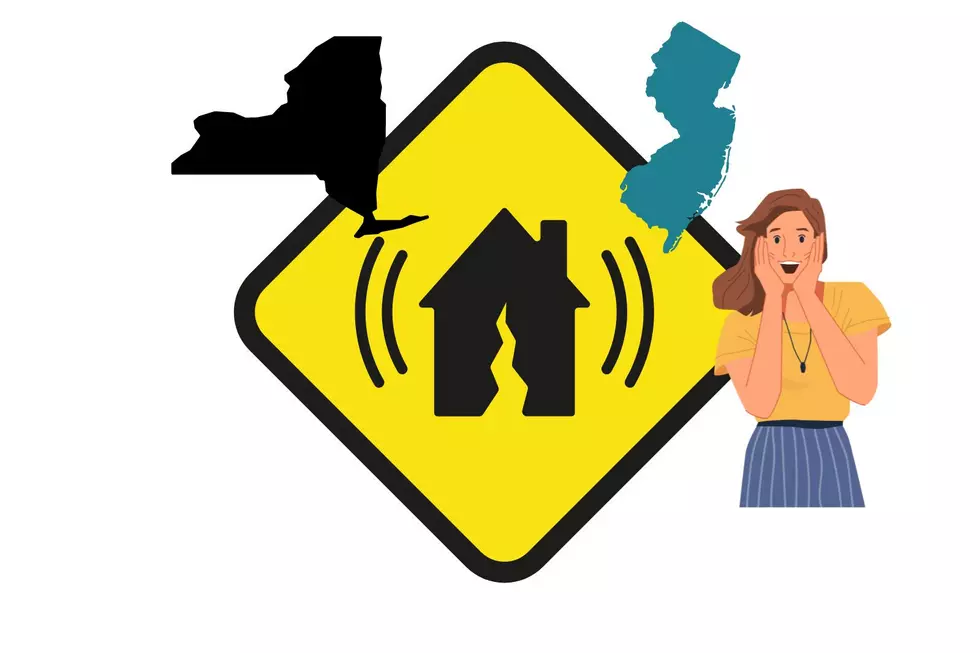
NJ hospitals will reach capacity by May, Rutgers study warns
If New Jersey residents continue "moderate" social distancing from one another amid the COVID-19 pandemic, Morris, Bergen, Somerset, Monmouth and Union counties could still see their hospitals filled to capacity before the end of April, based on new analysis by researchers at Rutgers University-Camden.
The rest of the state's 21 counties would potentially follow close behind, with up to 190,000 patients left without needed hospital beds by May, according to Daren Spielman, executive director of the Senator Walter Rand Institute for Public Affairs at Rutgers University-Camden.
But this is only what would happen if the state were taking other steps to add more hospital beds, including setting up for field hospitals across the state with the Army Corps of Engineers and moving to reopen two closed hospitals. State officials said they intend to add 2,000 critical-care beds in the coming weeks and months.
The Rutgers analysis shows that these extra beds will be needed.
The analysis based on the number of positive coronavirus tests statewide on March 23 looks at when hospital capacity would be reached under "strong" social distancing, though the specific difference in those behaviors is left unclear, according to the research.
Generally, stronger social distancing measures do not just delay when New Jersey's first county reaches its hospital capacity (still projected to be Morris County), but adds additional time between counties exceeding their hospital capacities, which could allow the state to mobilize health care resources such as beds, nursing staff and ventilators from county to county.
“Social distancing” has become a frequently used phrase amid the COVID-19 global pandemic, as it describes infection control actions taken by public health offices and others to stop or slow the spread of a contagious disease.
Under moderate social distancing, the capacity dates across all counties occur within a one-month span, most of them hitting their limits in April.
Under stronger measures, counties are likely to reach their capacity dates over a three-month summer time span, from May through July, Spielman said.
So for instance, 17,000 patients could be left without hospital beds in Middlesex County at the peak of infection in April. Stronger social behaviors to help flatten the curve and slow down the impact of coronavirus would mean Middlesex County would get a couple more months before peak infection, leaving less than 5,000 patients without beds in that worst-case scenario, based on the research.
Rutgers-Camden researchers say the latest analysis supports the need for more coronavirus testing statewide, as "we need to know where we currently are on the curve," in order to know if we are doing enough to flatten it.
Researchers also said it is also probable that the rate of testing varies by county, as those with drive-through testing (like Monmouth and Bergen Counties as of March 26) are likely to have higher testing rates than those without such availability.
The analysis also noted it remains unclear what percentage of patients with symptoms will need hospitalization and for how long that care will be needed.
Based on the timeline of positive coronavirus cases in the state, counties in South Jersey are likely to reach hospital capacity later in the year than North Jersey, with some fringe exceptions being Ocean, Cumberland and Warren Counties, the research suggests.

More From 92.7 WOBM










